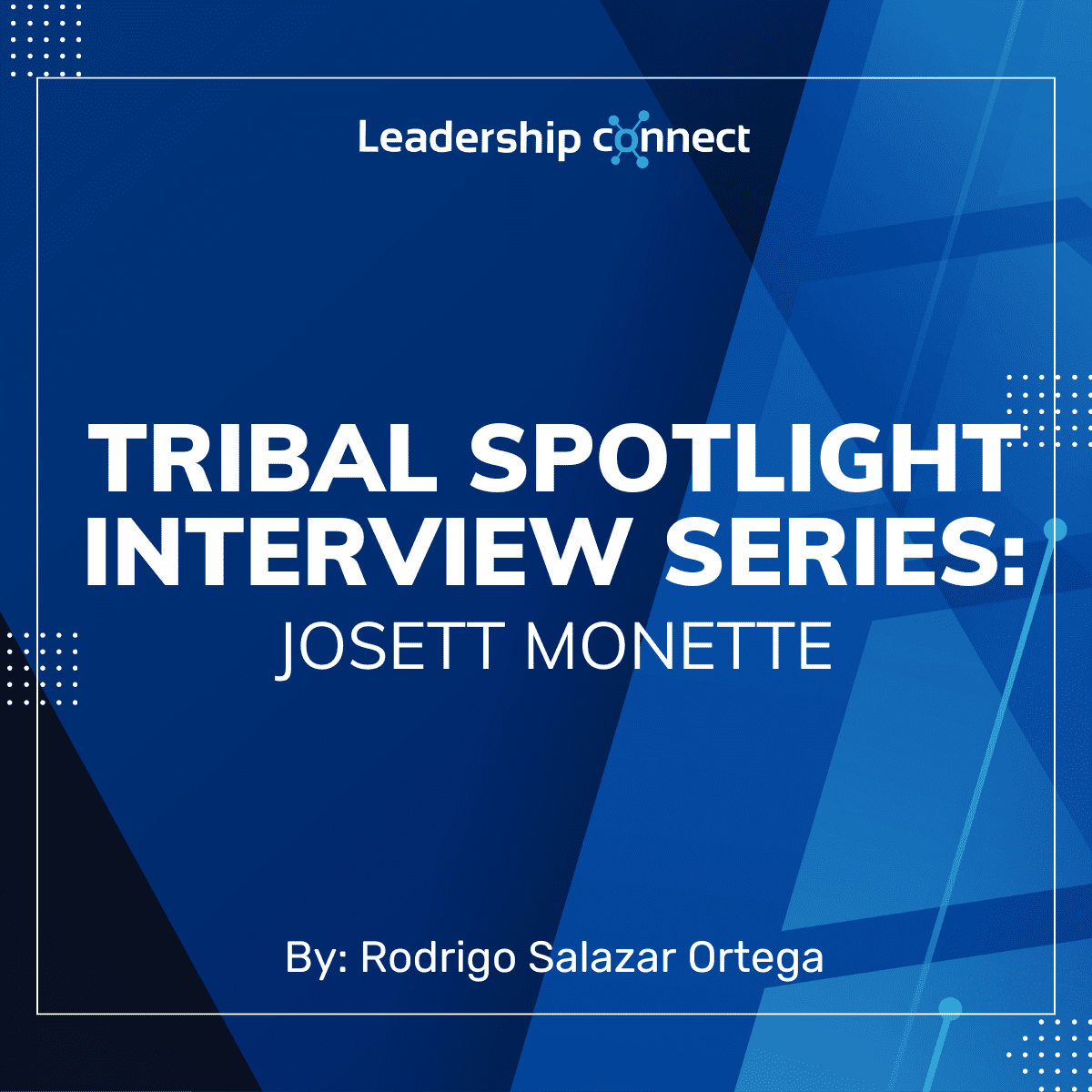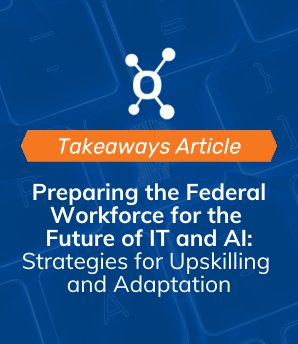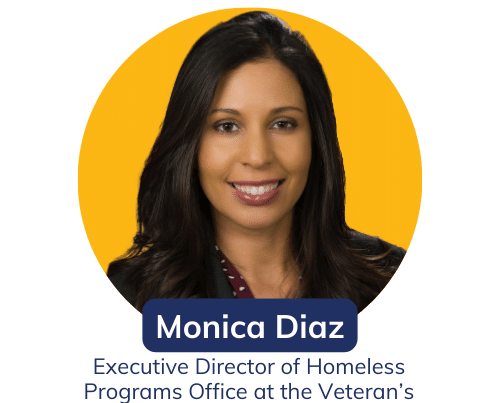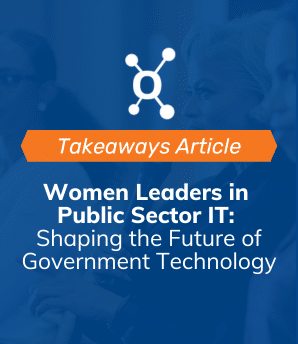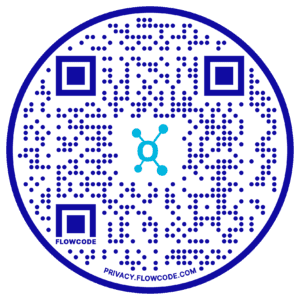Last week I got the great opportunity of speaking with Secretary Josett Monette of the Indian Affairs Department of the State of New Mexico.
Can you tell me about your career path that has led you to where you are now?
I started out as a teacher on my reservation. I wanted to go to law school and my dream was to be an attorney, but I went into teaching for a variety of reasons. It was a requirement to take tribal government to graduate from my high school on my reservation and I hoped to teach that. After a couple of years, I went on to get my master’s in educational leadership, as well as a certificate in English Language Learning (ELL). I moved into an ELL Coordinator position in our school system. As I really began to consider law school, I investigated the Pre–Law Summer Institute (PLSI), part of the American Indian Law Center housed at the University of New Mexico School of Law (UNMSOL). I got accepted into and attended PLSI. For law school, I attended UNMSOL. During Law School, in my Clinic class, I had the opportunity to represent individuals in tribal courts, including individuals in family law matters. Although it was not what I originally wanted to do, I loved it and it resonated with me. I was connected to the clients, and it reminded me why I wanted to be an attorney in the first place. This led me to apply for legal services positions in Indian country. I was able to secure a position with New Mexico Legal Aid Native American Program (NMLA NAP) in which I represented individuals mostly in tribal courts, covering a variety of issues, including criminal representation. This was a great growth experience for me because tribal courts are a way for tribal nations to solidify their sovereignty by exercising their own laws. I proceeded to become a general counsel for a Pueblo in New Mexico because I wanted to get experience from the tribal perspective. Then an Indian Law firm reached out and I did some private practice representing tribes and tribal businesses throughout Indian country. After that, I returned to NMLA NAP as the Director. Then, I got the call to serve as general counsel for Indian Affairs Department of New Mexico. Then, in December 2023, Governor Michelle Lujan Grisham contacted me and asked me to serve as Secretary of Indian Affairs.
How did you become passionate about the intersection of tech, government, and tribal communities, and how do you stay informed and engaged in those areas?
When I was 14 many of my friends were being sent to a youth centers. I did not understand why no one was helping them and that fueled me to want to be an attorney. I also have some family members that are Indian law practitioners, and in my family, we talk about tribal politics all the time. Those were our dinner table conversations and highlighted how government and tribal communities intersect
Additionally, giving back to my community is a big part of my life. My grandpa served on our tribal council for a long time. My uncle served as our tribal Community College President for years, and, at one point, my mom served as the Director of Human Services at our Indian Health Services.
Schooling and education are another piece of the puzzle for me. Tribal Government was my favorite class in high school. I learned so much about what tribes do, what it means to be an Indian person and tribal politics.
What do you believe sets Tribal Government Relations apart as a unique work environment, and how do you navigate its challenges in your everyday work?
Every tribe is unique. New Mexico has 23 Nations, Pueblos, and Tribes and each one has a different governmental structure and terms for its leadership and officials. It is crucial to recognize the differences and laws and codes of all tribes. While there are similarities, you should appreciate and understand the differences because you can’t assume you can approach every Nation, Pueblo, or Tribe the same way. This is why it is important to build relationships. It can be challenging because it requires a lot of learning, and I am still learning. Further, Federal Indian Law is a complex area, and it is important to understand that foundation a bit to truly understand Tribal government relations.
Regarding my everyday work, I want to highlight the work that we do at the Indian Affairs Department. We consistently work with Nations, Pueblos, and Tribes and Native American people in New Mexico. We look to how the state can support initiatives that impact Indian country and Indian people. Additionally, New Mexico and our Administration listen to tribal voices in cared about Indian Country. Our department is unique to many other states around the Country because in New Mexico we have had a state Cabinet Level Indian affairs Department since 2004. That is a big deal. It shows New Mexico’s dedication and support to tribes. New Mexico has a large Native American population, including Indian people from across the country with hundreds of tribes represented by individuals living in the state.
Describe a challenging or rewarding project that significantly influenced your growth as a professional. How did you handle the challenge, and what did you learn from the experience?
The biggest challenge for me so far is taking on this role and hoping I am the right person for it. This is a big job, it’s an important job. I want to ensure I am doing my best to support our Administration, the Nations, Pueblos, and Tribes. Beginning my tenure at the beginning of a legislative session was also challenging. Even to get confirmed I had to go through the legislature. I was appointed by the Governor in December and then the legislative session started in January. Then I had to get appointed by the Senate during the legislative session. I had to learn about the legislative process, stay up to date on recent matters that would impact my Agency, meet many new people, learn the process for confirmation, prepare to host American Indian Day at the Legislature, which happens annually in New Mexico, as well as work to build up my Agency as the new lead. I had a great support system that allowed me to go through all of that, but I really had to dive in, and it was a big challenge. It was exhausting, but very exciting and I am so humbled to be in this position.
What advice would you give to someone navigating how to bridge the gap between traditional practices and modern governance structures?
I would say reach out to tribal leaders and those who work in the community. See if you can visit the community because it can provide perspective on the community and shows that you care and are invested. While COVID was hard on tribal communities and many closed, many have reopened, and many are open to having people visit them to learn more about the practices and needs of that Tribal Community. As noted earlier, it is imperative to not assume that all tribes are the same. To bridge gaps, you should first dedicate time to learning about the Nation, Pueblo, or Tribe you are working with. Finally, it is also important to recognize that while many tribes have systems set up like a western system, those systems may work differently within different tribes. Do not make assumptions.
Word Association, what is the first word that comes to mind for each of there?
- Policy – Hard
- Networking – Important
- Communications – Relevant and concise
- Leadership Connect – Connections


